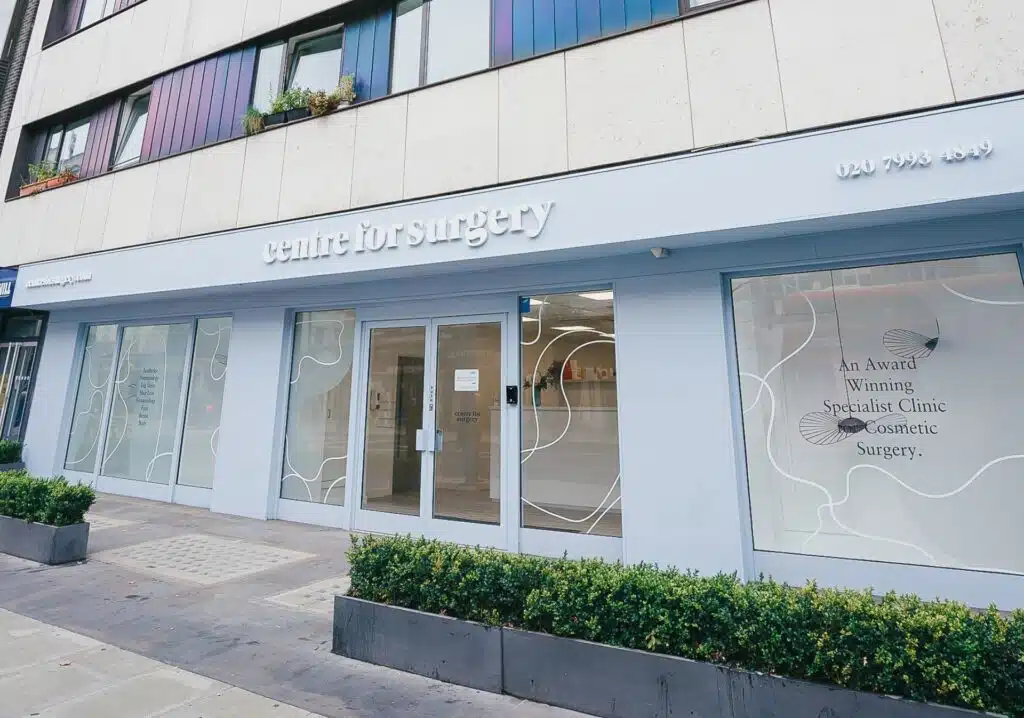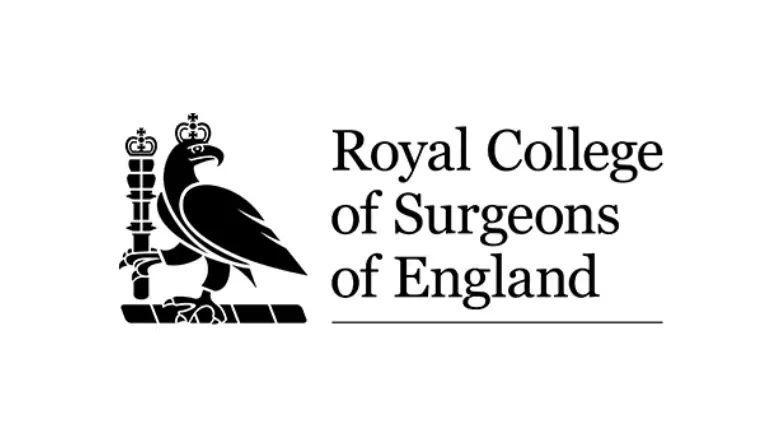Labia reduction, medically referred to as labiaplasty, is a surgical intervention aimed at decreasing the size of the labia minora. This procedure is undertaken for various reasons, including discomfort during physical activities, irritation, or aesthetic preferences. By reducing the size of the inner vaginal lips, labiaplasty can help alleviate physical discomfort and enhance overall comfort. The surgery involves reshaping and trimming the labia minora to achieve a size and shape that the patient finds more desirable. As a result, many individuals experience increased confidence and improved quality of life post-surgery.
RELATED: How to choose the best labiaplasty surgeon
What are labia minora?
Before considering this surgery, it is important to know exactly what area it targets. The vulva is all of the female exterior genitalia. This includes two sets of labia—the labia majora, which is on the outside and where hair grows, and the labia minora, which is on the inside. A labiaplasty is performed on the labia minora.
Why do you need a labia reduction?
Many people feel the need for a labia reduction for aesthetic reasons. Some women are born with large or uneven labia minora, while some women’s labia can change size as the result of hormonal changes, childbirth or ageing.
In some instances, women will want a labia reduction for reasons other than aesthetics. Sometimes, the labia will cause physical pain or discomfort. This can occur while undergoing certain activities, including sexual intercourse, or when wearing certain clothing. Undergoing a labia reduction can reduce this discomfort. This is generally the most accepted reason for wanting to have a labia reduction.
RELATED: Can large labias be reduced in size?
Who is an appropriate candidate for a labia reduction?
To have a labia reduction, you will need to:
- Be 18 years or older. However, most surgeons will not operate on someone who is younger than 21.
- Be experiencing pain and discomfort from the labia minora.
- Have realistic expectations of what the procedure can achieve.
- Understand the risks associated with the procedure.
Surgeons will also need to ensure that you are undertaking the procedure for the right reasons. Your labia will be examined, and if the surgeon decides there is nothing aesthetically wrong and it is not causing any physical pain, the procedure may not go ahead.
What is involved in a labia reduction?
A labiaplasty can be performed under a local anaesthetic. However, if you do not wish to be awake for the procedure, you can be administered a TIVA anaesthetic. This means that you will be asleep for the procedure, but unlike other general anaesthetics, you will not be relying on volatile gases to keep you asleep.
The labiaplasty involves surgically removing the unwanted tissue from the vaginal lips. The ends may need to be closed using dissolvable stitches.
RELATED: Labiaplasty Stitches – What to Expect
The labia reduction will take one to two hours to complete.
What is the recovery period like?
After the surgery, it is normal to experience some pain, discomfort, bruising, and swelling. You will be given medication that can help alleviate symptoms. If necessary, you can also use ice packs to help reduce swelling. This should last around two weeks.
RELATED: Recovery after Labiaplasty – Top Tips after Labia Reduction Surgery
You may need to wear a pad for one week after the procedure or until bleeding stops.
You will need to take about five days off work to recover. You will need to avoid any strenuous physical exercise for about ten days. You can resume any sexual intercourse after six weeks.
Are there any risks with labia reduction?
There are numerous rare risks which may occur as the result of labia reduction, including:
- Bleeding
- Infection
- Scarring
- Reduced genitalia sensitivity
- Vaginal dryness
- Pain during sexual intercourse
- Easier tearing during future vaginal births.
Centre for Surgery takes all precautions to minimise the risks of these rare side effects.
How to choose the best labia reduction surgeon
When considering having labiaplasty surgery, seeking a highly qualified and experienced surgeon with many years of experience is vital. The ideal surgeon should be fully trained in all techniques of labia surgery, including the trim, wedge, and deepithelialisation methods. They should be able to match the correct technique to your presenting condition. They should also be highly skilled in managing all labiaplasty surgery’s potential risks and complications.
RELATED: Trim Labiaplasty vs Wedge Labiaplasty
The face-to-face consultation serves as an ideal opportunity to explain what happens before, during and after the procedure. Many patients are concerned about possible pain in the recovery period. Your surgeon will be able to explain all the pain management strategies which can be used to optimise your recovery.
Many patients ask us who is the best type of specialist for labiaplasty surgery. Gynaecologists and plastic surgeons are two types of doctors who carry out labiaplasty surgery. We believe that gynaecologists are inherently better trained to carry out labiaplasty surgery as they are specialists in the female genitalia and do not perform any other type of cosmetic surgery such as rhinoplasty, breast augmentation or liposuction.
Surgeons who perform labia reduction surgery should have an extensive collection of before-and-after photos for you to view, which can enable you to form an accurate impression of how you could look after surgery. You should also view patient testimonials on accredited review websites such as Trustpilot.
RELATED: Labiaplasty Before & After Photos
Patient selection is a fundamental component of achieving excellent outcomes following surgery. The skilled surgeon will take a holistic view of your overall mental and physical health when deciding on your suitability for labiaplasty surgery. Patients who have chronic uncontrolled medical conditions may not be ideal candidates for labiaplasty, and your surgeon should be able to identify this and advise you against surgery.
Specialist doctors who carry out labiaplasty surgery should be on the GMC specialist register which you can check on the GMC website. Surgeons should also belong to a specialist organisation such as the European Academy of Aesthetic Gynaecology or the British Association of Plastic Surgeons.
Labia Reduction in London – Why Choose Centre for Surgery
Exceptional Expertise and Care
At Centre for Surgery, we understand the importance of your well-being and confidence. Our dedicated team in London specialises in labia reduction, offering personalised care that respects your needs and goals. We’re renowned for our state-of-the-art facilities, advanced techniques, and compassionate approach to patient care.
Why Choose Us?
- Highly Skilled Surgeons: Our surgeons are leaders in the field of cosmetic surgery, combining years of experience with a deep commitment to patient safety and satisfaction.
- Personalised Treatment Plans: We understand that each patient’s journey is unique. Our team works closely with you to create a tailored treatment plan that aligns with your personal desires and expectations.
- Comprehensive Support: From your initial consultation through to your recovery, we offer continuous support and guidance, ensuring your experience is as comfortable and stress-free as possible.
Patient Testimonials
- Sarah, London: “I was incredibly nervous about my labia reduction, but the team at Centre for Surgery put me at ease from the very first consultation. The results have been life-changing, and the care I received was exceptional.”
- Emily, Surrey: “Choosing Centre for Surgery was the best decision I made. The staff were incredibly understanding, and the outcome of my surgery exceeded my expectations. Truly outstanding service!”
- Hannah, Kent: “The professionalism and empathy shown by everyone at the clinic were remarkable. My recovery was smooth, and I’m thrilled with the results. I can’t thank them enough!”
Easy to Arrange Consultations
To book a consultation for labia reduction at our London clinic, please contact us at:
- 📞 Phone: 0207 993 4849
- 📧 Email: contact@centreforsurgery.com
We’re located at 95-97 Baker Street, London W1U 6RN. For more details, visit our Baker Street clinic.
Additional Resources
- Learn more about us and why we’re a leading choice for cosmetic surgery: About Us
- Discover our finance options, including 0% APR with Chrysalis Finance: Finance Options
- For more insights into cosmetic procedures, check out our Plastic Surgery Blog
- Have questions? Our Clinic FAQs provide valuable information.
Choose Centre for Surgery for a safe, supportive, and professional labia reduction experience in London.










